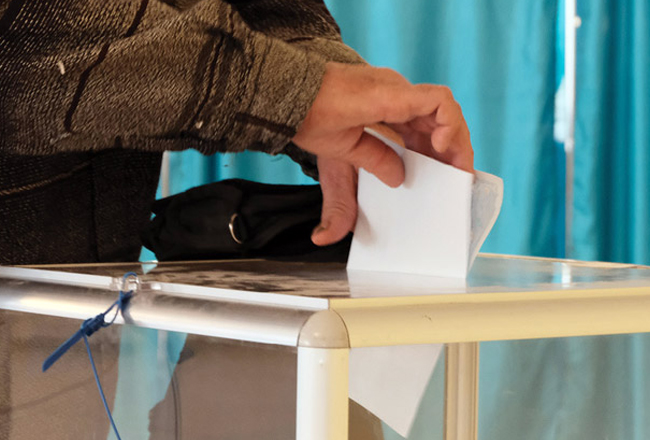While saying he doesn’t plan to order a lockdown of New York state because of the COVID-19 outbreak, Gov. Andrew M. Cuomo this morning reduced the percentage of employees that businesses are allowed to have working on their premises to 25%.
Yesterday, Cuomo put into effect a requirement that 50% of workers stay at home. Certain businesses have been exempted from the restriction, including food stores, pharmacies, shipping companies, news media, and health care operators.
The governor announced that there would be mortgage relief for New York homeowners facing financial hardship as a result of the virus and steps taken to combat it. For a 90-day period, the state would order mortgage payments waived based on financial hardship. It would require banks to waive fees for overdrafts, ATM usage and credit cards. No reporting of negative information to credit bureaus would be allowed. There would be a grace period for loan modifications/no late payment fees or online payment fees would be allowed.
Cuomo also said the state is requiring postponement or suspension of foreclosures.
The number of new cases of the coronavirus once again grew with Westchester County having 260 new cases, bringing the total in county to 798. New York City grew to 2,469 positive cases.
Cuomo reinforced the need for additional hospital beds and ventilators in New York. He said the state has five or six thousand ventilators and would need 30,000 in a worst-case scenario. He said the federal government’s emergency stockpile has only 12,000 ventilators on hand.
“Nobody can tell you when this is going to end. Nobody can tell you. I talk to all the experts. Nobody can say two months, four months, nine months. Nobody,” Cuomo said. ”It’s hard living your life with that big a question mark out there. Nobody can tell you when you’ll go back to work. People can tell you that it’s not just you economically. It’s everyone.”
Cuomo criticized young people who have been seen congregating on beaches on Florida for spring break, warning that they not only risk contacting COVID-19 from others with whom they are in close proximity but risk becoming carriers of the illness and infecting others after they’ve gone back home.




















